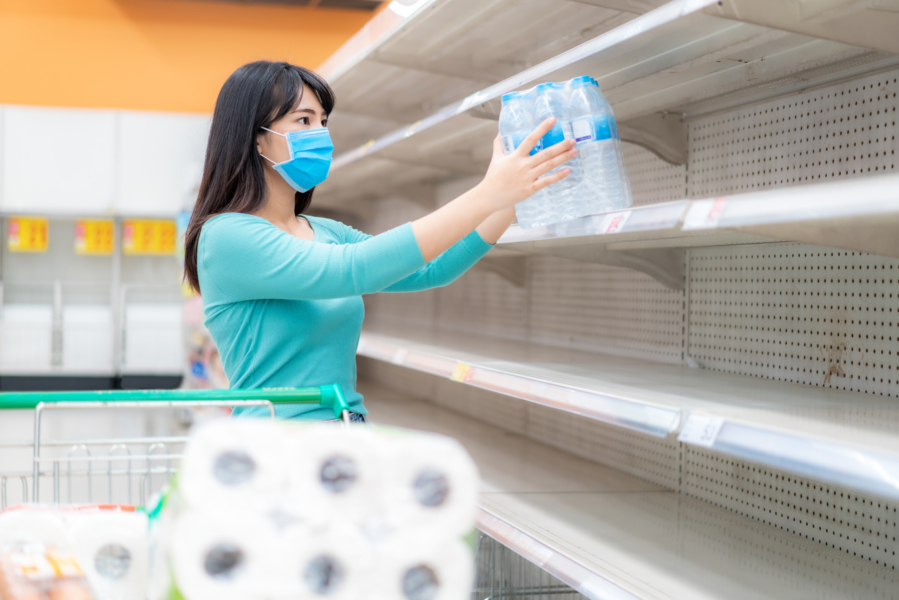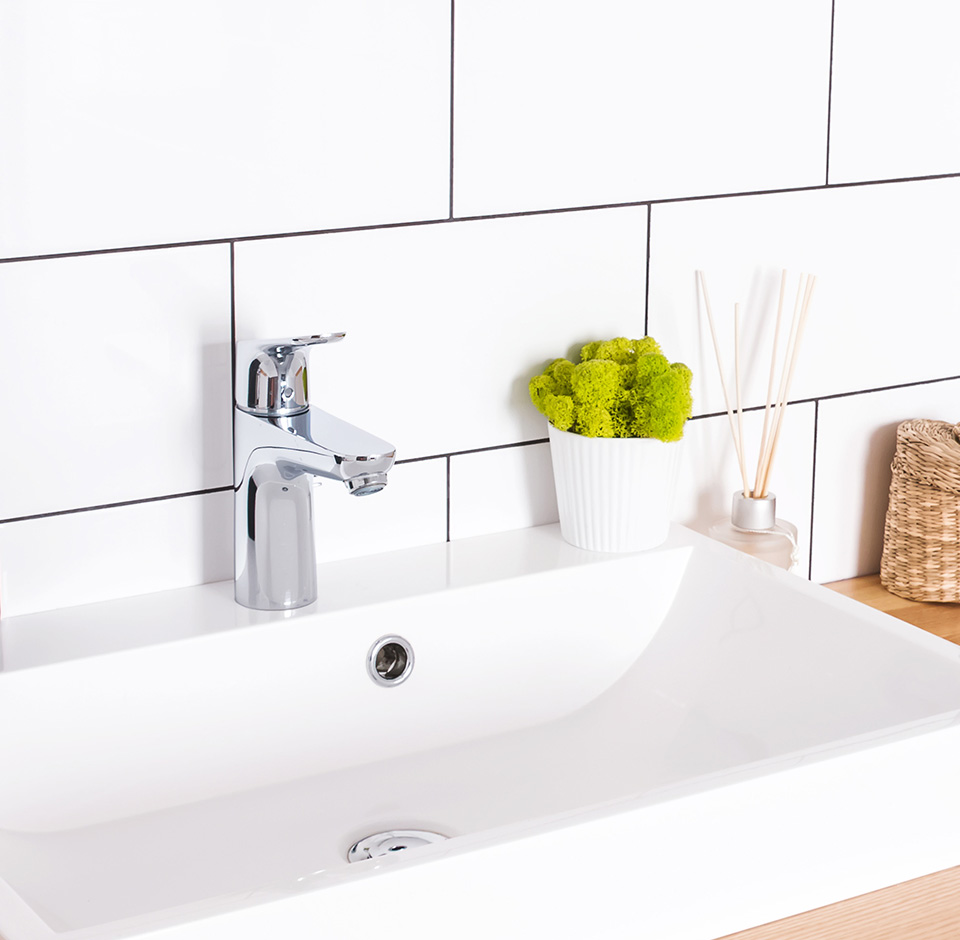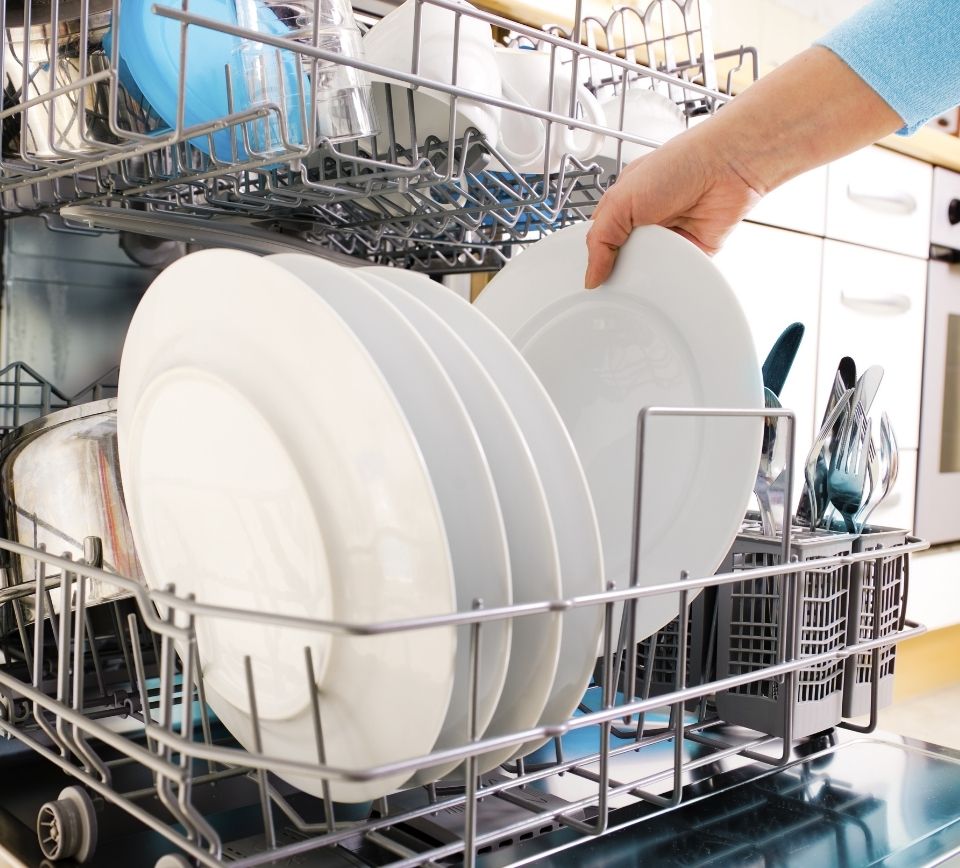How will working from home affect our water consumption?
It looks like the advice to work from home where possible is going to stay for more than a little while longer, so how does this affect our domestic water consumption?
Up until the Covid-19 lockdown in March, we each used around 150 litres of water a day in our homes, with the average family using 500 litres a day, a figure growing every year by 1 per cent since 1930. By comparison, people in the US use 575 litres a day, while in in Mozambique it’s just 4 litres.
Around half of the total UK water consumption is in the home and we’re now using almost 50% more water than 25 years ago, but our current consumption level is not sustainable in the long-term.
Since March and the pandemic surge, domestic consumption has risen sharply, and that’s no surprise as people continue to work from home in their millions.
Rise in water use
The Met Office has been working with water companies since the Spring to develop more accurate predictive models for household usage so that the utilities can better manage demand and supply.
Met Office data early on in the pandemic indicated showed an inexorable rise in water use to around 30% above base usage by late May which was similar to the peak levels seen during the hot summer of July 2018.
The first months of the lockdown coincided with a prolonged spell of good weather, much like a “fine Spring weekend” every day, which stimulated stronger domestic demand as well.
There are understandable regional variations but all the water companies report increased household usage. For example, Anglian Water has seen significant change in domestic water demand.
Dr Geoff Darch, water resources strategy manager at Anglian Water, advised in July:
“Overall demand has increased by up to 20%. This is likely due to changes in people’s habits combined with one of the driest springs on record. On the hottest days last month, each person was using enough extra water to make 80 cups of tea on top of their normal daily use.
“We are witnessing a COVID-related increase in water consumption as the public follow government advice on washing hands and clothes.”

Hand-washing
As we move into autumn and winter, the weather-related consumption patterns will change but the precautionary hand-washing clearly will drain more water resources, as will our increased showering after exercising.
Anglian Water point to the fact that being at home obviously means we flush the loo more every day, make more drinks, use more water cooking and washing dishes, while for those of us with gardens, we use more water for the plants and for things like power-cleaning paths and other areas.
David Hinton, Chief Executive at South East Water advises:
“Increased demand for tap water in our area is more akin to patterns we see in an exceptionally hot summer. More water is being used on DIY projects and gardening which is contributing to the additional 25% of water we’re treating and pumping through our water distribution system.”
But the main water use is centred in the bathroom, around 68% of the total, or 96 litres a day per person. Under normal conditions, handwashing would account for up to 10 litres per person but with the new normal, where we’re encouraged to wash our hands for 20 seconds roughly 10 times each day we’d see a rise of 10 litres in consumption. That’s an additional pressure on water supply of about 600 Megalitres per day (Mpd).
Reduction targets
The Environment Agency stipulated this summer water companies should increase supply capacity by 4,000 Mpd to avoid the risk of interruptions to water supply, up from pre-COVID supply capacity of around 15,000 Mpd.
Before the pandemic, the government set a target for reduction in consumption per person of 16% with each one of us using 118 litres daily, given the long-term forecasts that usage levels were unsustainable, with the threat of severe water shortages in future decades.
In order to achieve that, we all need to find every way we can to reduce consumption., and aside from the environmental pressure, with roughly 50% of homes in England currently metered, household bills will rise.
A study by Waterwise shows how we use water every day in the home:
- Toilet flushing 30%
- Personal washing – baths and taps 21%
- Personal washing – showers 12%
- Clothes washing 13%
- Washing up 8%
- Outdoor 7%
- Other 5%
- Drinking 4%
How to use less water
So how can we use less water at home, as we work our way through the current COVID crisis? Looking through that list above, we can make sure our toilets are in tip top condition, checking for leaks and making sure the dual-flush cisterns work properly. As SaveMoneyCutCarbon CEO Mark Sait recently pointed out on BBC radio, leaky loos are wasting 400 million litres of water a day.
We can avoid taking baths where possible and fit eco taps, that reduce water usage by up to 60%, with no loss of effectiveness and quality – or try tap aerators. Instead of baths, we can take showers and be sure to install eco shower heads, which cut water consumption by nearly two-thirds, with no loss of quality.
If we do work out regularly at home, then we can delay our shower until after we finish to avoid “doubling up” on water use.
When showering, we can experiment with putting on our favourite 4-minute song and try to finish before the song ends. And save even more by turning the water off in between washing our body, shampooing and conditioning. We could even place a bucket in the shower to collect excess water and use that to flush the toilet.
Less is more
In our clothes washing routines, we can always make sure we have a full load in the washing machine and if we have a dishwasher, then make sure that is full before we start the cycle. If we prefer to wash the dishes by hand, then we can remember to use a bowl rather than just washing and rinsing under a full flowing tap.
Outside, if we have a garden to care for, we should use a watering can instead of a hose, which can use up to 1,000 litres of water an hour and avoid watering the lawn – parched grass will recover when it rains more regularly. Check the weather to avoid using water when it’s going to pour.
Other top water-saving tips:
- Collect water from cooking to water plants when cooled.
- When refreshing a pet’s water bowl, use the old water on house plants rather than pouring it down the drain.
- Keep a jug next to the kitchen tap to collect any water that you run when waiting for the tap to heat up and use it to water houseplants or garden.
- Freshen up the shirt you’ve worn for online meetings with a quick iron or simply hang it up rather than putting it in the washing pile.
- Avoid shaving with the shower or tap running – use a small bowl of water instead.
- Research suggests that our hair thrives when we don’t wash it so much so we can wash it less and try dry shampoo as well.
Being smart with the way we use water in the home we will save money, especially if we are metered, and help to reduce both greenhouse gas emissions and chemicals used in water treatment. Using less water also reduces our impact generally on the environment.
If anyone is experiencing problems with paying water bills, they can contact their supplier. All water companies provide a range of support to customers, including payment holidays and payment matching. And they will never cut off the water supply if you can’t pay your bill.

